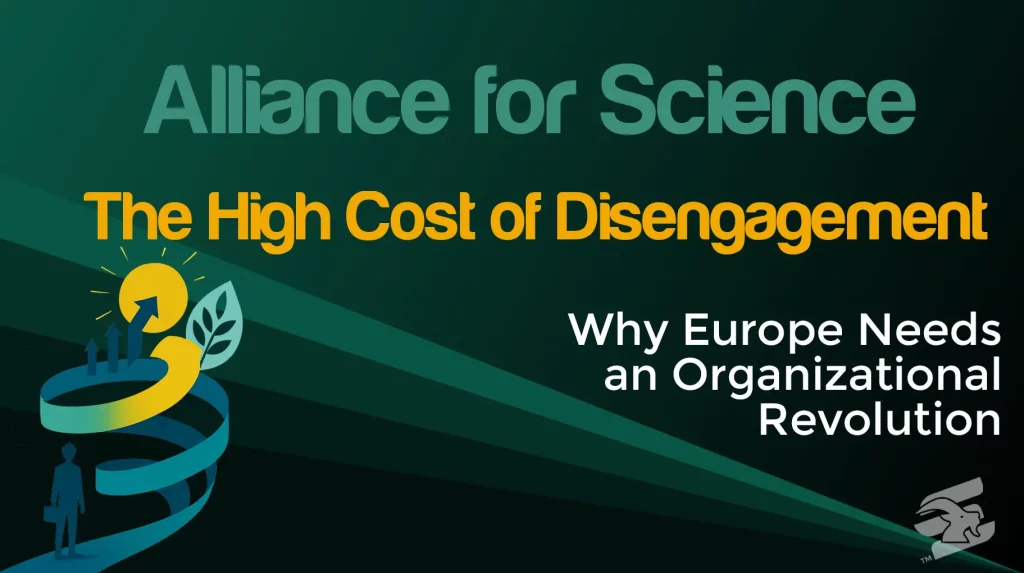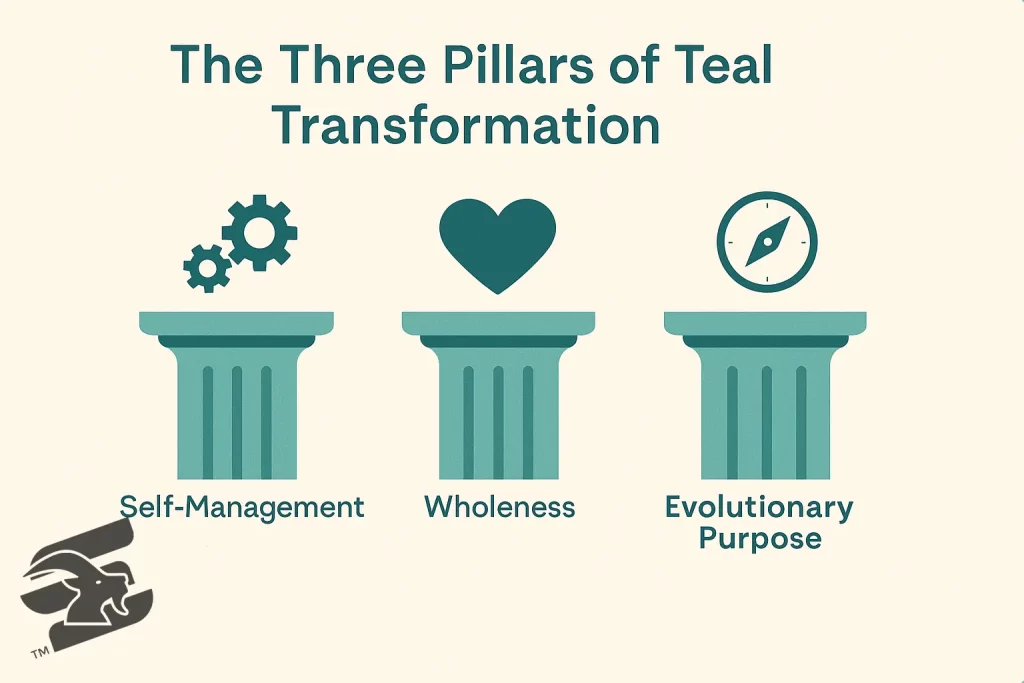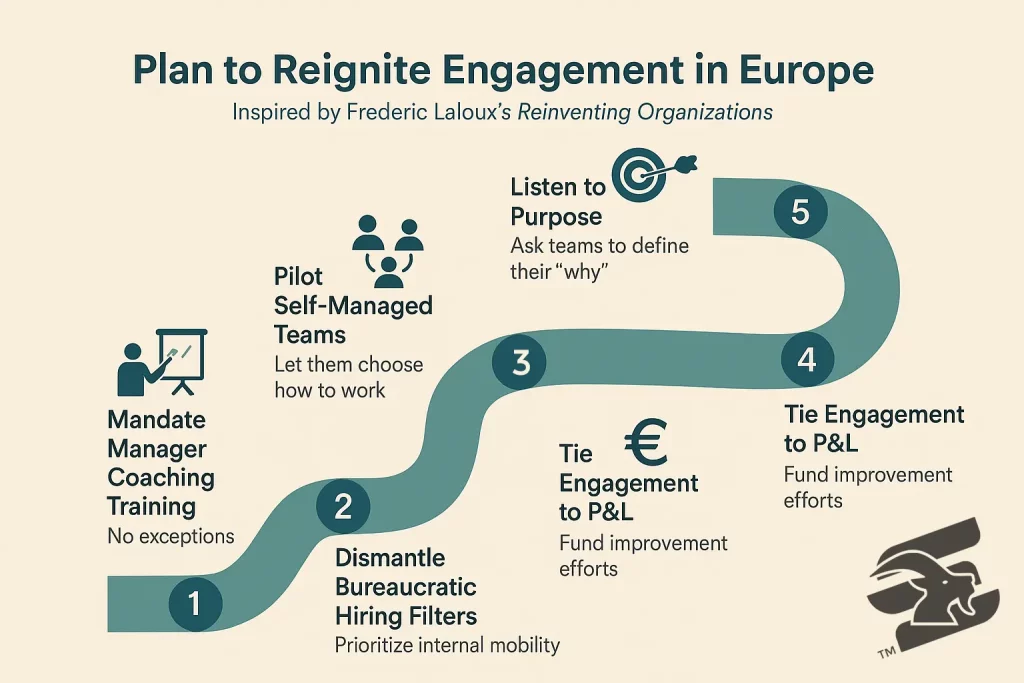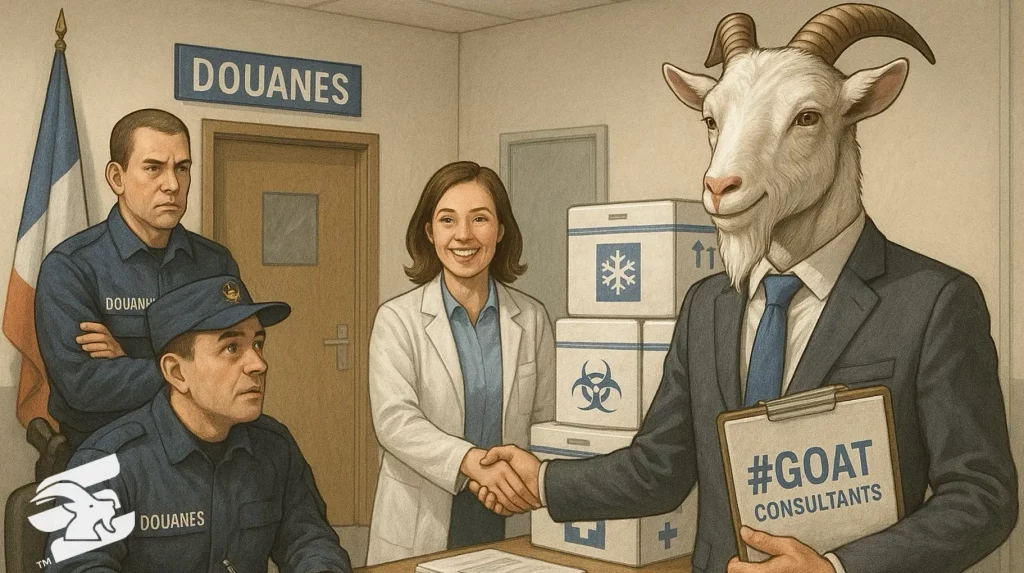The High Cost of Disengagement

Why Europe Needs an Organisational Revolution
Out of every ten employees in Europe, only one is truly engaged at work. It’s not a typo. That’s what Gallup’s 25 State of the Global Workplace report reveal to us. Just 13% of European workers feel connected, motivated, and purposeful in their jobs. And it’s not just a human problem, it’s also an economic sinkhole.
Europe is not just facing a workforce challenge. It’s on the brink of an organizational identity crisis.

Employee Engagement Crisis Is an Economic Crisis
According to Gallup’s 25 State of the Global Workplace report, global disengagement cost the economy $438 billion in lost productivity last year. Europe’s share is disproportionately steep: low engagement leads to more absenteeism, high turnover, and weaker customer satisfaction. All of which bleed revenue.
Meanwhile, companies try to patch things up with perks: yoga sessions, ping-pong tables, and endless “offsites.” But these are symptomatic treatments, and do not address the root causes of global disengagement.
Add to this Europe’s rising cost of living, punitive income taxes, housing shortages, and a generation that’s rethinking the very purpose of work. The demand for better work-life balance is not just about flexibility; it’s about respect, autonomy, and reclaiming time as a human right. Younger generations refuse to sacrifice their life for labor.
The Corporate Delusion: Chasing Talent While Ignoring It
Ask a CEO about their biggest concern, and you’ll often hear: “Talent shortage.”
That might sound valid. But have you seen seen job descriptions lately? They read like a jargon salad: “synergize cross-functional KPIs via stakeholder alignment.” HR departments hiring based on “cultural fit” (read: “people who look and think like us”) and filter out candidates who don’t perfectly match a dozen bullet points. Ironically, while firms are desperate for fresh perspectives, they systematically exclude anyone who might bring them.
Worse, they overlook internal talent. Too many organizations fail to develop the people already inside. So while the “war for talent” rages outside, a quiet exodus of frustrated, underused professionals happens within.
Managers Are the Key Connecting Piece And They’re Burning Out
Managers are the main influence on whether employees feel motivated, supported, and connected to their work. Gallup estimates that 70% of a team’s engagement is attributable to the manager. But those very managers are crumbling. Engagement among European managers dropped significantly in 2024, especially among younger and female leaders. They’re caught between corporate pressures and rising employee expectations, often without proper training or support.
This failure cascades downward: disengaged managers lead disengaged teams. And those teams leave sometimes, but in most of cases it’s worse: they stay and underperform.
The Healthcare Tab Nobody’s Calculating
Disengagement doesn’t stay at the office. It walks home with employees, becomes stress, then burnout, then illness.
Mental health issues, fueled by meaningless work, toxic cultures, and poor management, are driving up healthcare costs across Europe. The indirect toll includes anxiety, depression, cardiovascular disease, and chronic fatigue. In Germany alone, workplace-related mental illness costs the economy an estimated €33 billion annually.
The irony? It would be cheaper to fix the root causes inside companies than to foot the bill through national healthcare systems later.
Most Engagement Initiatives Are Cosmetic
Too often, engagement strategies address appearances but not the systems that cause disengagement in the first place.
Offering free lunch and flexible Fridays won’t help if your employees have no idea why their work matters, don’t have a clear path to grow, and if managers treat them like numbers on a dashboard.
The Gallup report identifies three key drivers of engagement:
- Purpose: Employees need to see how their work contributes to something meaningful.
- Opportunities for Development: People want to learn, grow, and move forward.
- A Caring Manager: Someone who sees them as a human, not a KPI.
Why do most companies fail at this? Because they focus on outputs: KPIs, retention, survey scores. They ignore the inputs like psychological safety, trust, and autonomy.
The Real Revolution: Reinventing How Organizations Work
So what’s the fix?
Frederic Laloux’s “Reinventing Organizations” points the way. His concept of “Teal Organizations” throws out the rigid top-down hierarchy in favor of three principles:

- Self-management: Decentralized teams that make decisions where the knowledge resides.
- Wholeness: Cultures that encourage people to show up fully and not wearing a professional mask.
- Evolutionary Purpose: Organizations that adapt like living organisms, rather than executing five-year plans written by consultants.
Europe is fertile ground for this change. Its cultural diversity, social safety nets, and history of cooperative models make it ideal for organizational innovation. But it needs courageous leadership and structural redesign.
A Plan to Reignite Engagement in Europe
Let’s get ambitious. Here’s a roadmap inspired by Laloux’s work and the Gallup data:

1. Mandate Manager Coaching Training
Every manager gets trained, but in how to coach, care, and build trust rather in performance reviews. No exceptions. According to Gallup, even basic training halves the risk of active disengagement.
2. Dismantle Bureaucratic Hiring Filters
Rewrite job descriptions in human language. Remove HR gatekeeping obsessed with “buzzword bingo.” Prioritize internal mobility and build career paths inside your company.
3. Pilot Self-Managed Teams
Start with one team or department. Let them choose how to organize, decide, and measure success. Monitor output, morale, and innovation. Then scale.
4. Tie Engagement to P&L
If your CFO doesn’t know the cost of disengagement in euros, they should. Connect team engagement scores to actual revenue metrics, and fund improvement efforts like you would R&D.
5. Listen to Purpose
Ask every team to define its reason for existing beyond profit. If they can’t, that’s your first warning sign.
Europe: A New Destination for Global Talent?
As the U.S. inches toward isolationist immigration policies, Europe has a chance to become a sanctuary for scientists, researchers, and skilled professionals. If Donald Trump’s insists on restrictions on foreign students and H-1B visas, expect a talent flight.
Europe can win here, but only if its workplaces aren’t soul-crushing. Talent won’t just follow opportunity; it will follow meaning, autonomy, and respect.
#GOATConsultants™-Level Insights:
Europe doesn’t have a talent shortage. It has an engagement deficit. And it’s impacting revenue, innovation, wellbeing, and competitive edge.
Mario Draghi’s report on European competitiveness calls for bold action on skills, regulation, and innovation. But it misses a crucial lever: how people actually feel inside the organizations they work for. Productivity isn’t just about investment in AI or digital infrastructure. It’s also about whether people are energized or emotionally checked out.
Yes, Draghi’s vision includes lifelong learning and reducing bureaucracy but it’s not enough. Purpose, work-life balance, growth and trust are the strategic ingredients to build engagement from within. Europe is at risk to modernizing the tools without empowering the people who use them.
A real competitive strategy must include:
- Managers trained to lead, not just manage.
- Career paths that tap existing talent before searching outside.
- Cultures where people are invested, and not just present.
- A work environment that is not health toxic.
Rebuilding engagement isn’t a perk. It’s Europe’s next productivity driver. The tools are here.
The cost of disengagement is no longer theoretical. It’s real, growing, and measurable in euros, in hospital bills and in dreams deferred.
The choice for companies and leaders is clear: Rebuild your organizations from the inside out. Or keep pouring money into perks that no longer work.
The data is clear. The time is now.

Enjoy Our Success Stories:
- VAT Compliance Failures Nearly Cost Biotech Millions
- Biotech customs compliance: How we saved €800K in life-saving medicine
- VAT Compliance As An Asset: How We Turned €250K into €1.9M – 660% ROI
- You cost a Customer One Million Euro in VAT penalty
- How we cut €100K/year in VAT compliance costs
- How we recovered €800K from German VAT authorities






